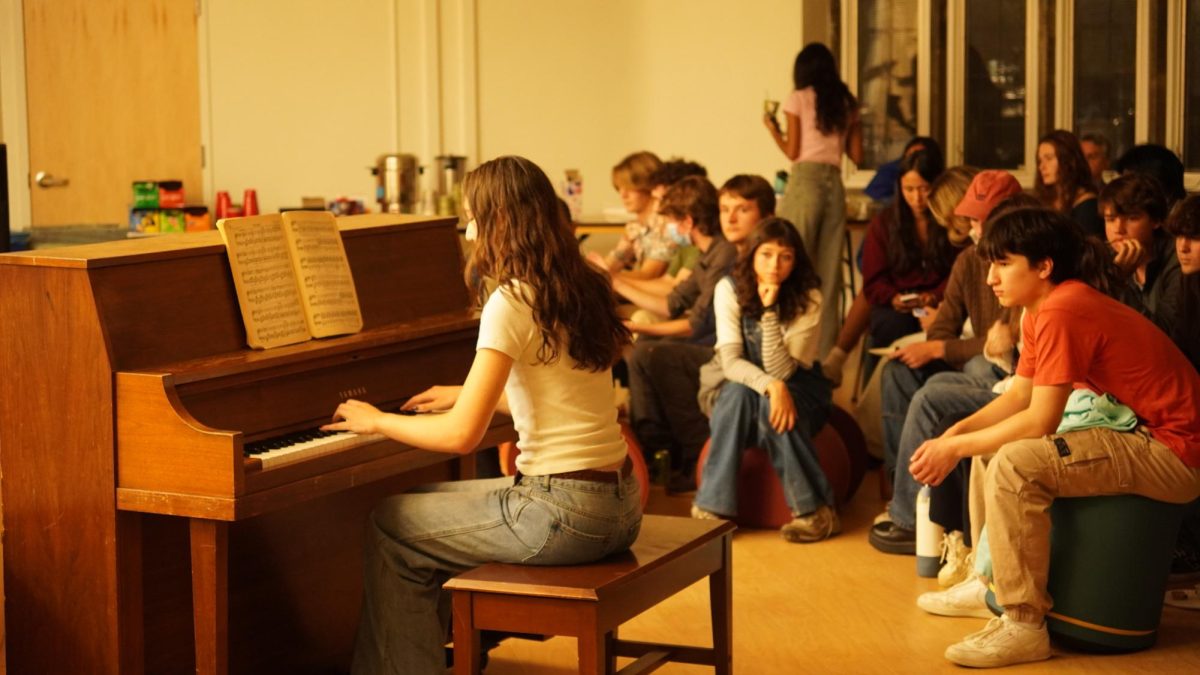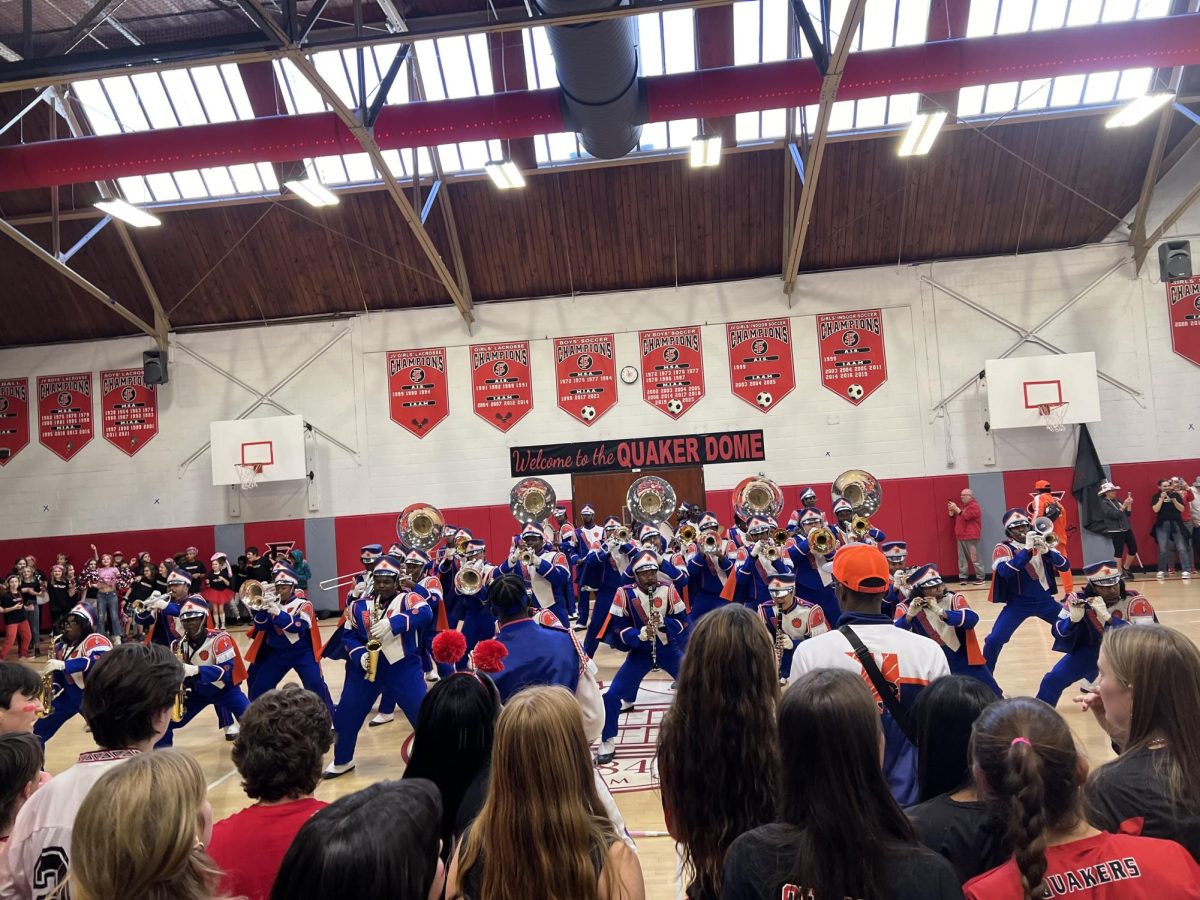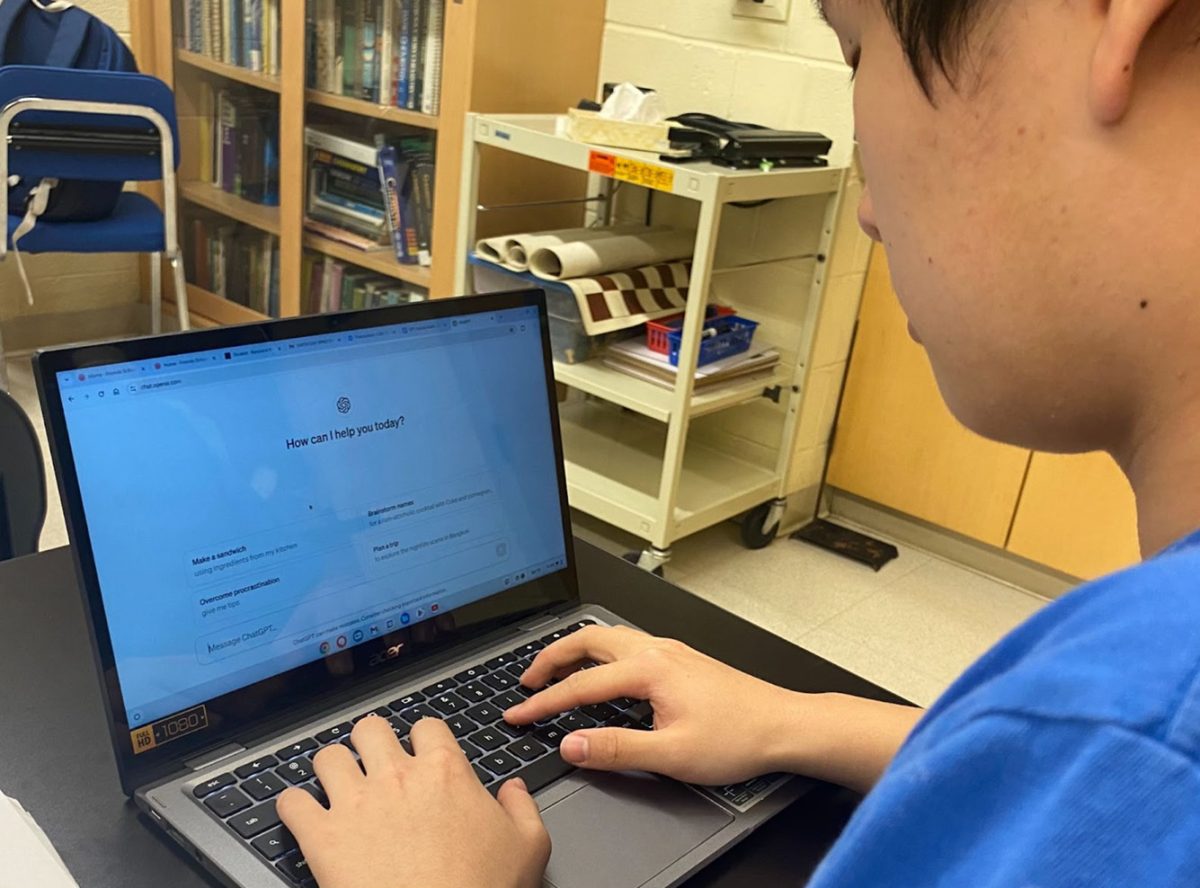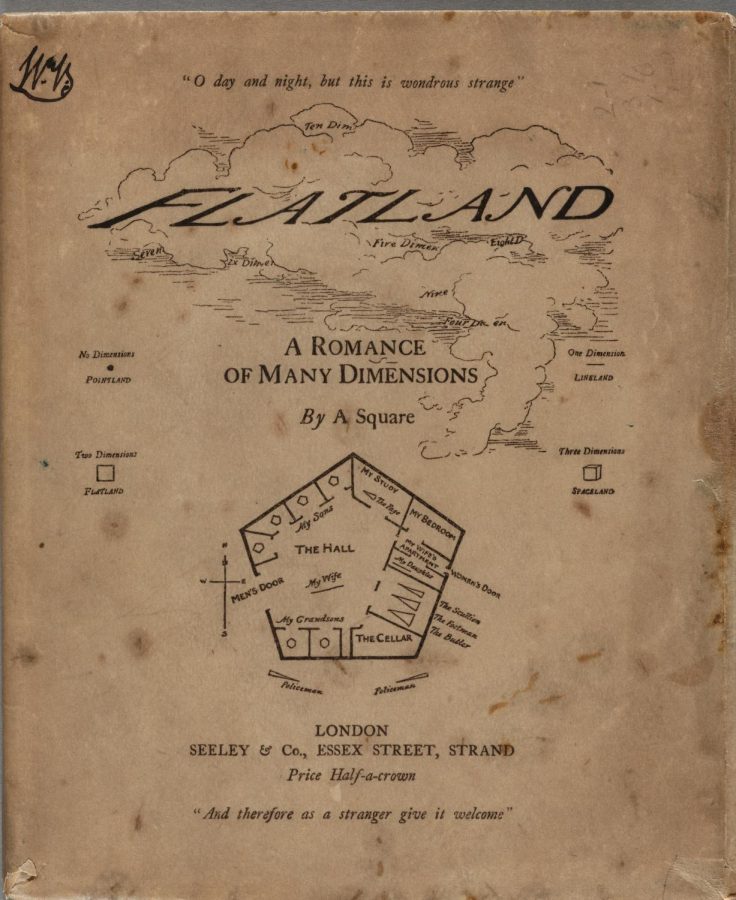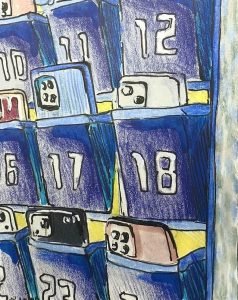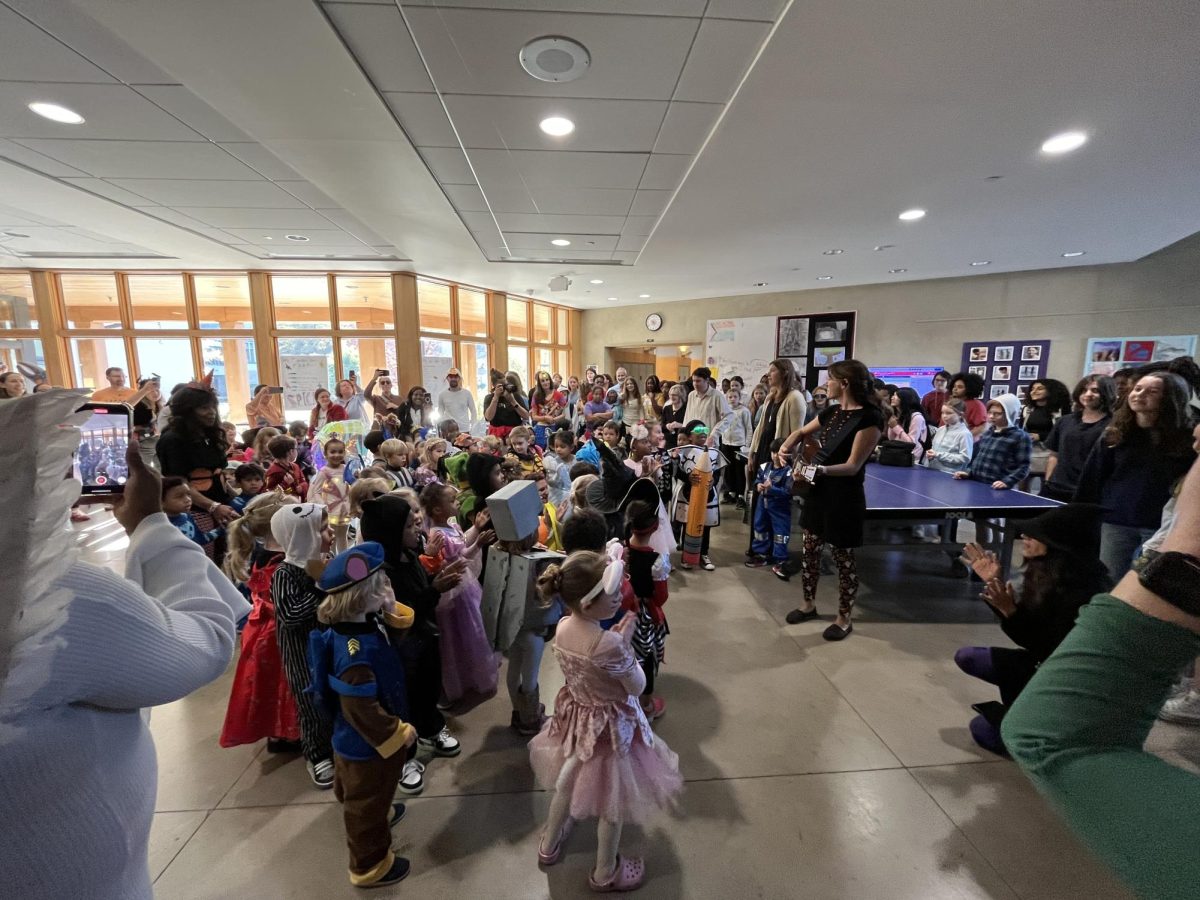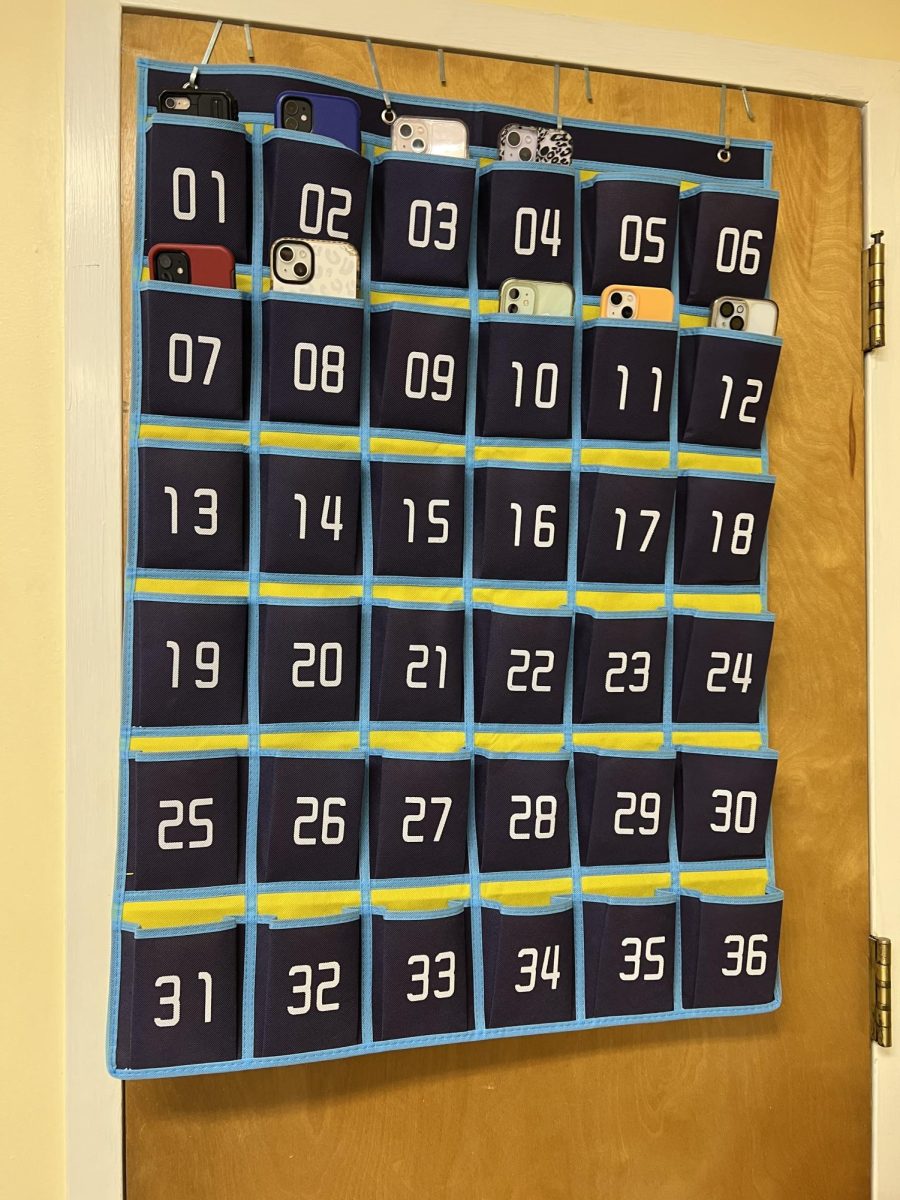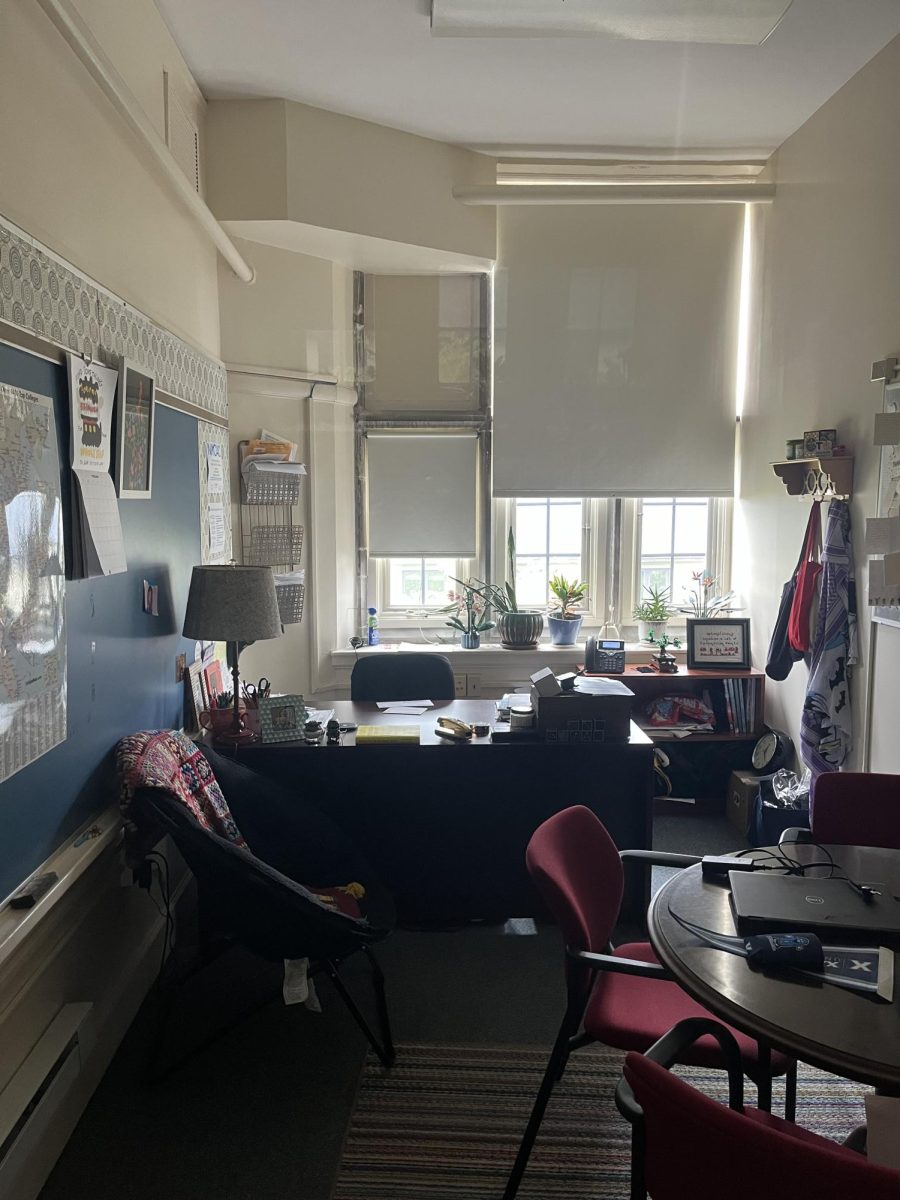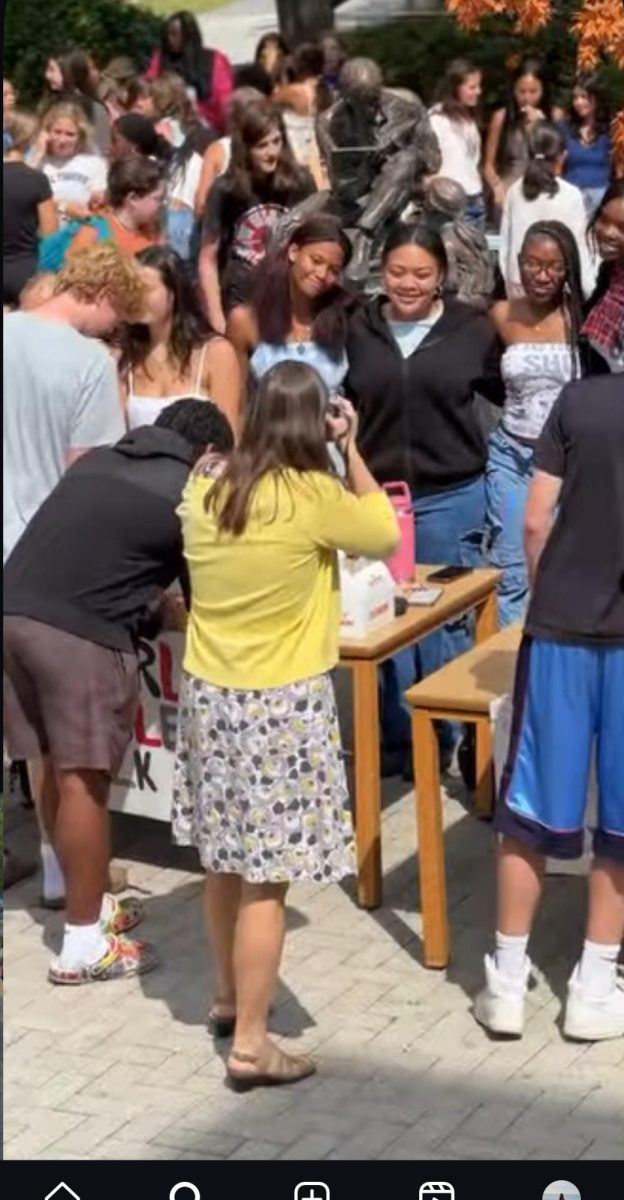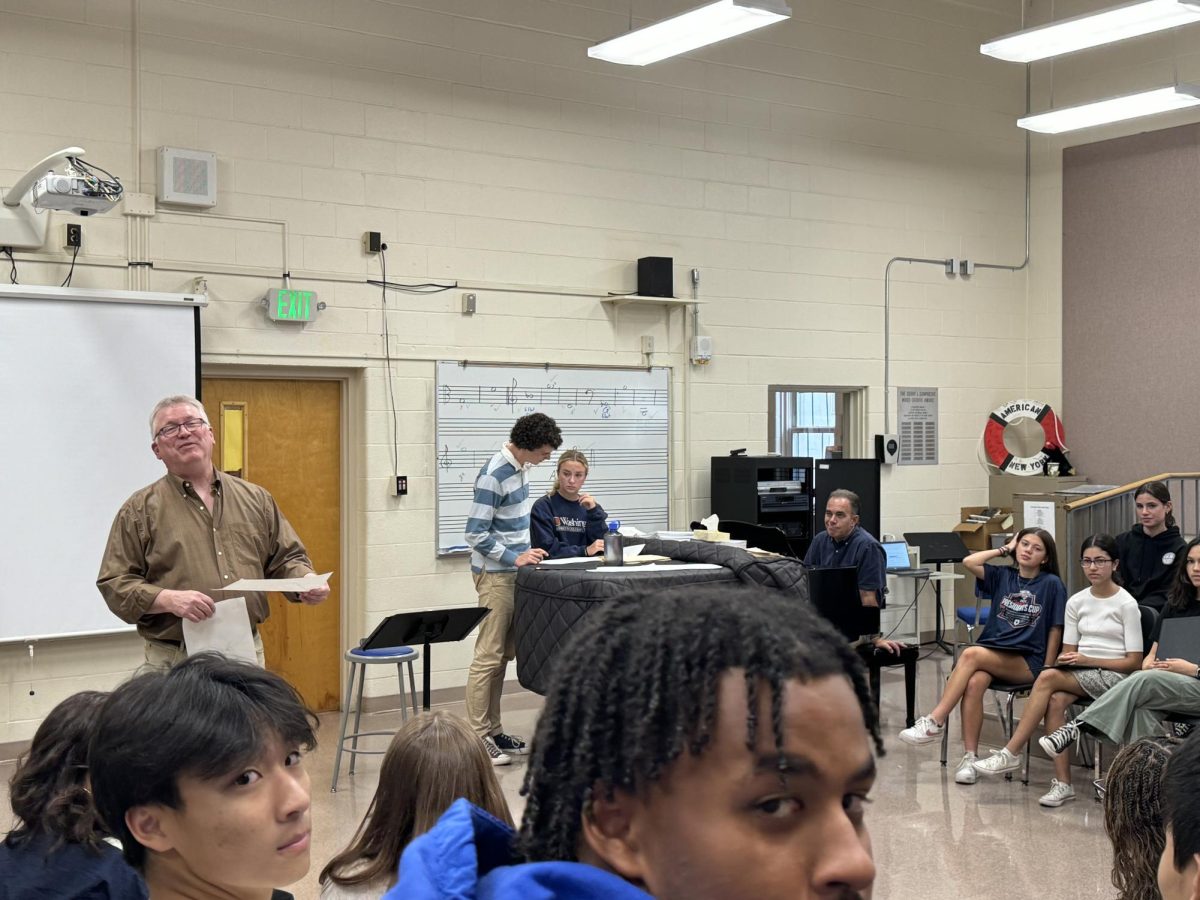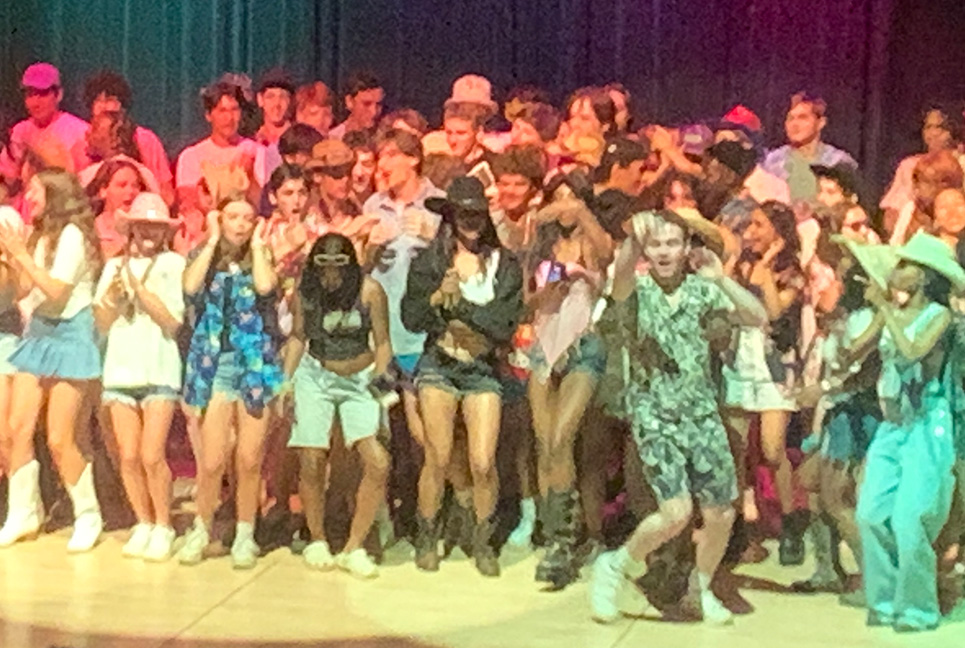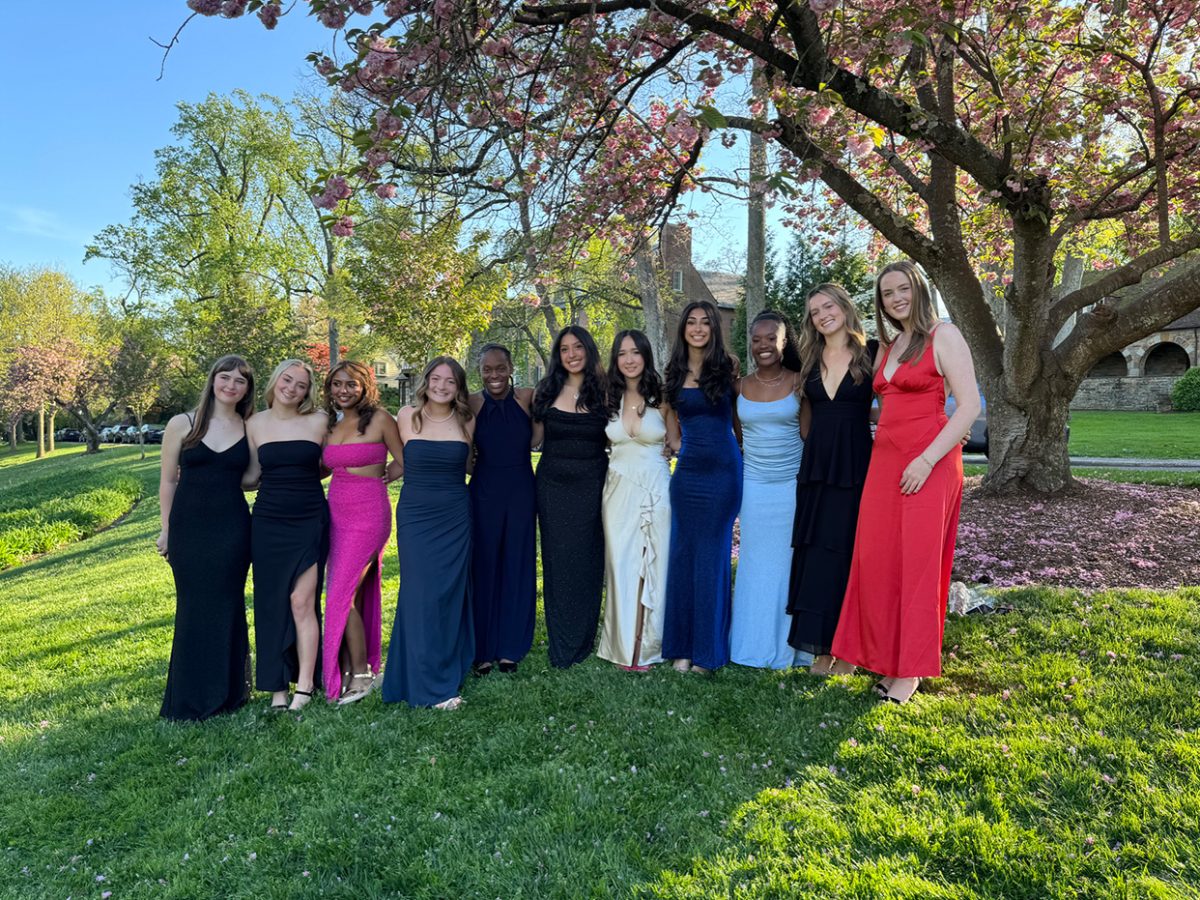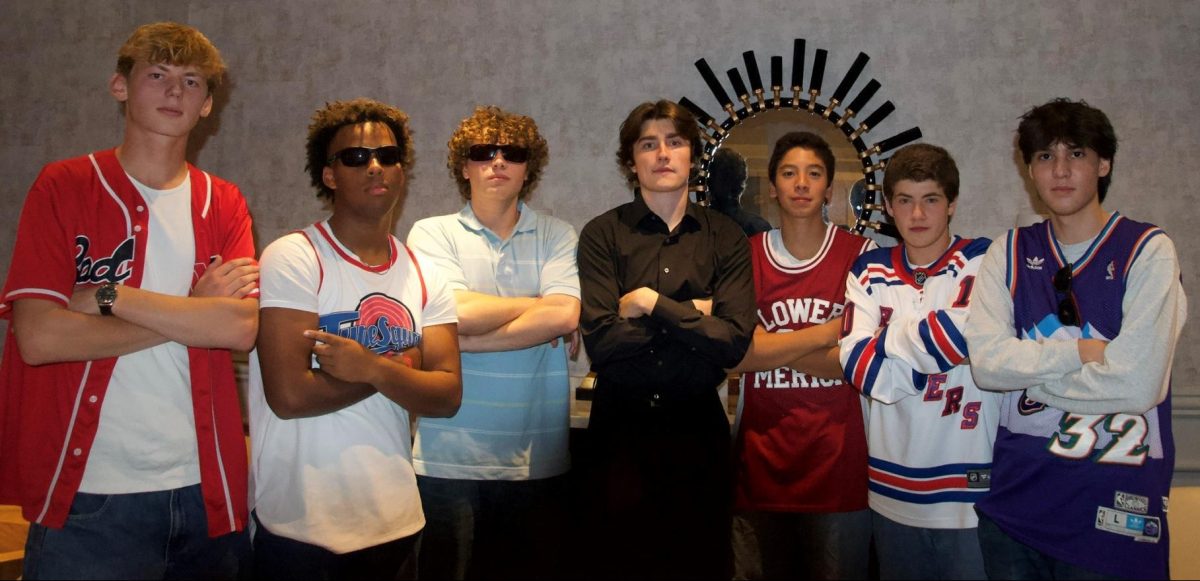Review: Bizarre ‘Flatland: a Romance of Many Dimensions’ Saw Our Future
Would you believe a 138-year-old book about shapes can speak to the class struggle in modern America? This one does!
Photo in the public domain; cover originally published by Seely & Co.
The original 1884 book cover of “Flatland” features the author’s own illustration.
November 10, 2022
“Flatland: a Romance of Many Dimensions,” the 1884 book by Edwin A. Abbott, is one of the most unique things I have ever read.
In it, Mr. Abbot imagines a two-dimensional world, filled with a thriving population of sentient shapes. He spares no detail in describing the day to day life of these shapes, the structure of their society, and the history of Flatland.
How could such a book be relevant today? The class structure in this book is a parody of the 19th-century English class structure in which Abbot lived. But in America today we are experiencing a very similar divisive and absolute class structure. Now more than ever, it’s important to point out the stupidities of generational wealth and inequalities.
The first half of “Flatland” deals with a square’s perspective on the social landscape of Flatland. With every new generation of polygons, the number of sides of their offspring increases. The more sides a shape has, the higher their social class. The ruling class consists of shapes with so many sides, they are indistinguishable from circles.
The book offers political satire far ahead of its time on the power structure of society. Women in Flatland are composed of a single line – making them the most lowly class, but also the most deadly. Because of their sharp nature, women are confined to their own section of living spaces, and must constantly make their presence known when outside their homes.
Above women come the lowest class of men, the triangles. The triangles in Flatland are often soldiers, using their pointy “noses” as weapons in battle.
The second half of the book consists of the square’s journey through many other dimensions. He starts in Lineland, where he meets a one-dimensional being to whom he tries to explain the (to him) simple nature of a two-dimensional world. Later, a sphere comes down to Flatland to describe to him a three-dimensional world, and so on.
Overall, “Flatland” is a fun but very challenging read. Abbott uses long, convoluted sentences and words, especially in the first half of the book. I recommend reading a copy of this book that includes his illustrations, as they were vital to my understanding and enjoyment.


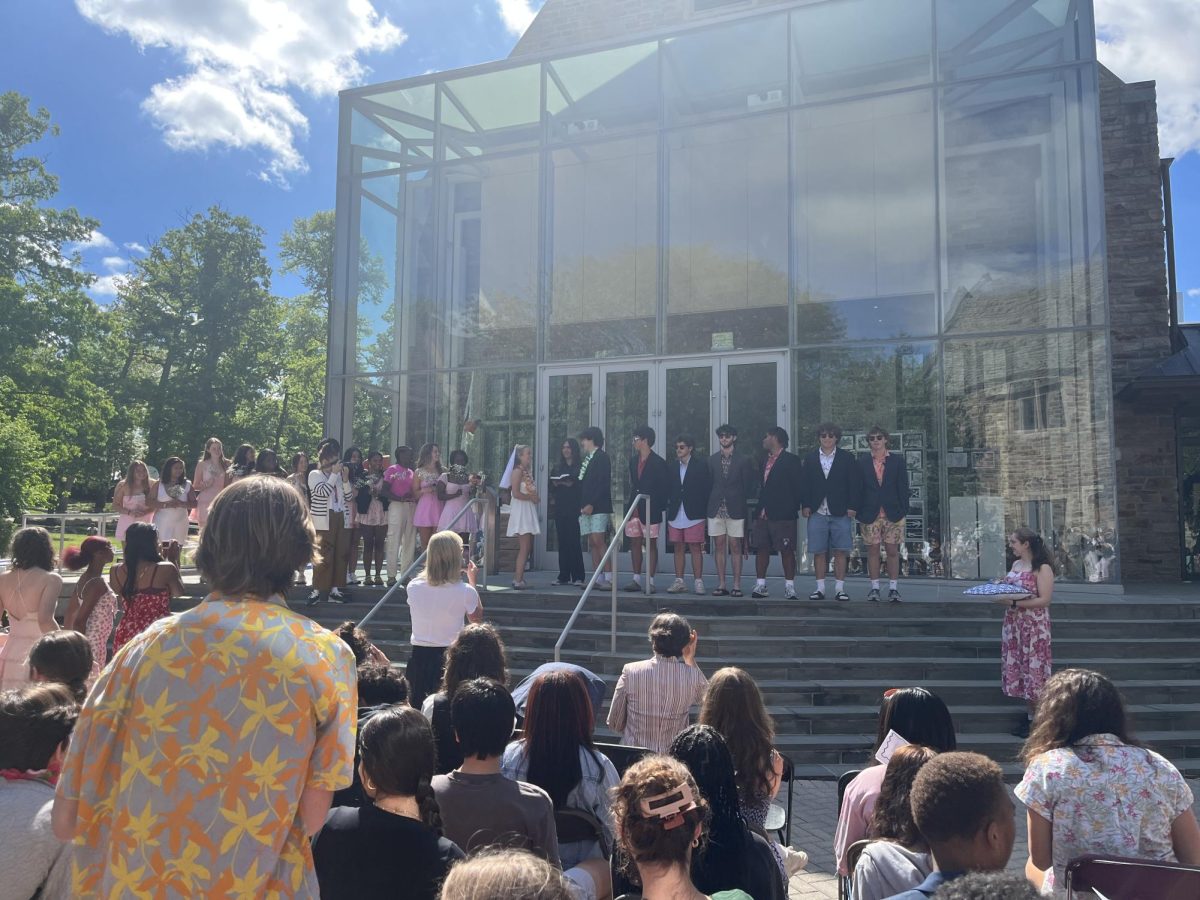
![A Phone Ban at Friends? [Podcast]](https://thequakerquill.org/wp-content/uploads/2025/05/magenta-VrRT19_ZjUY-unsplash-1200x900.jpg)
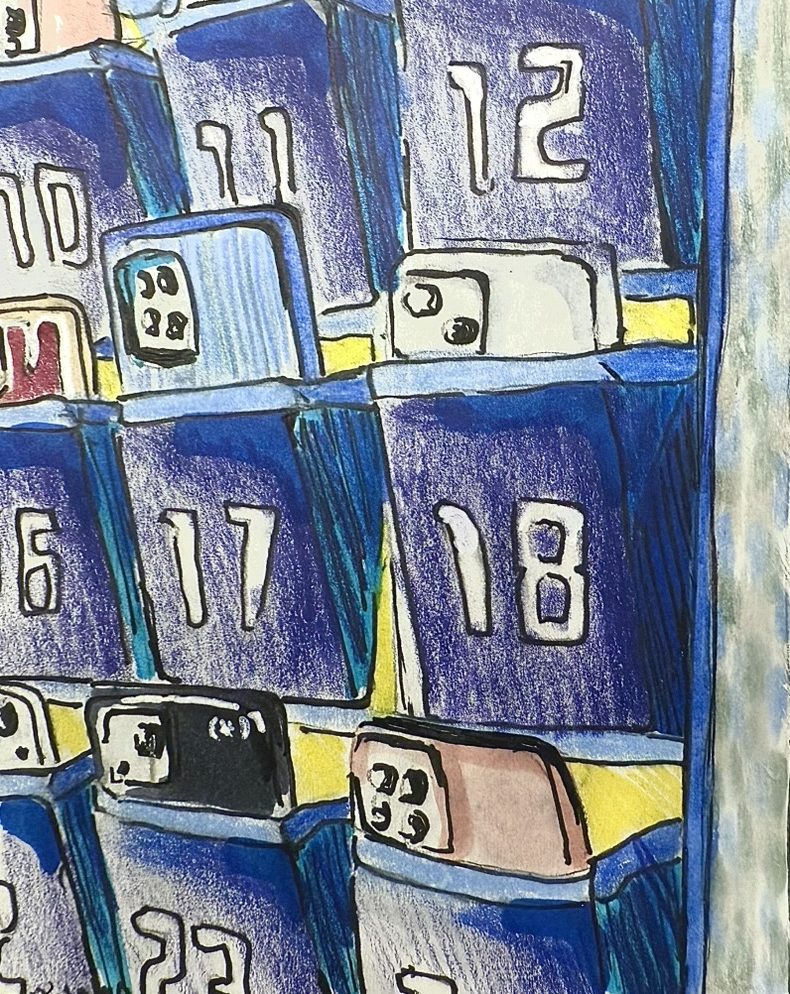




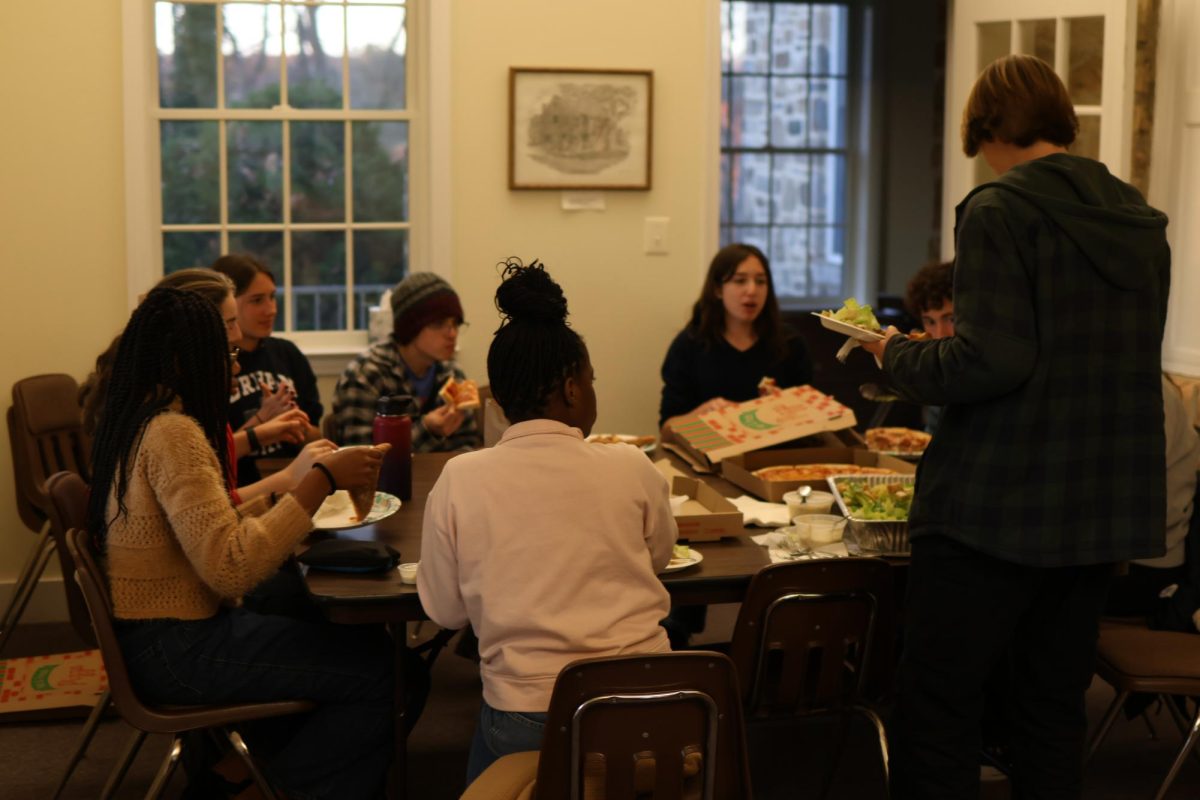

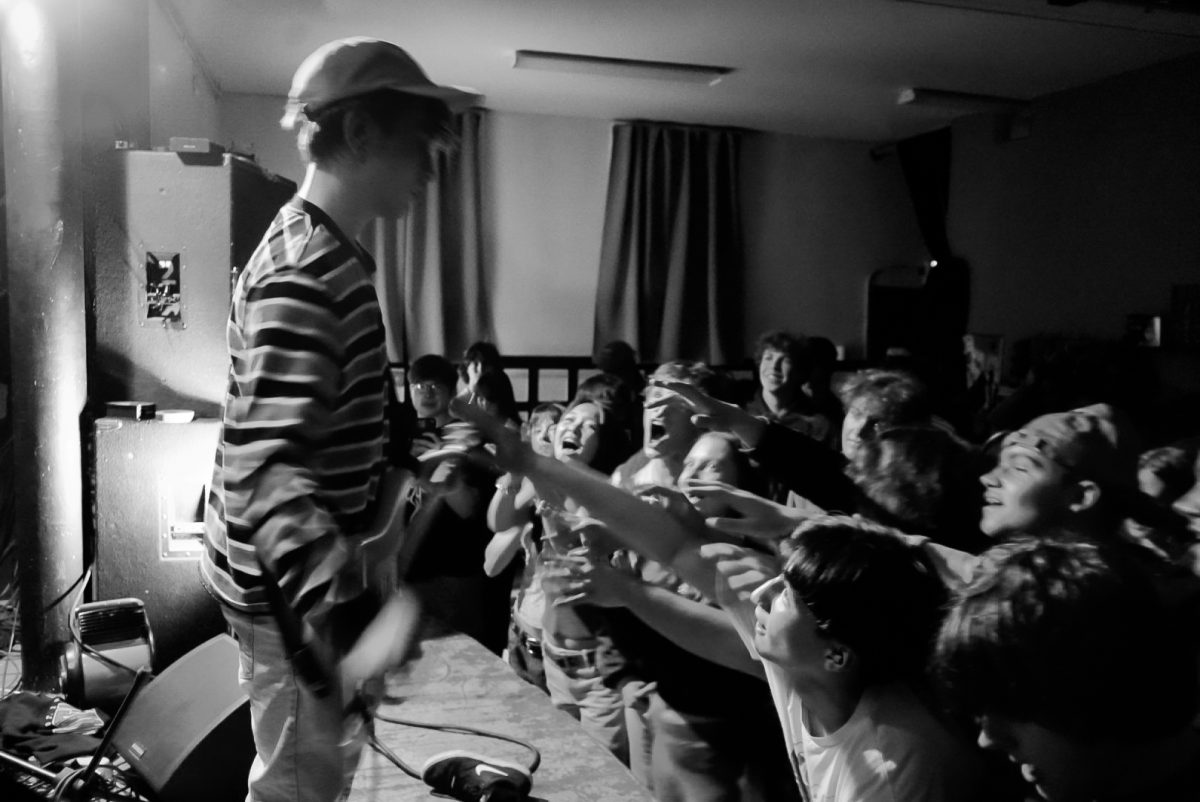

![How Freestyle Club Began [Podcast]](https://thequakerquill.org/wp-content/uploads/2025/05/charly-alvarez-Jv9untmB7G4-unsplash-1200x800.jpg)
